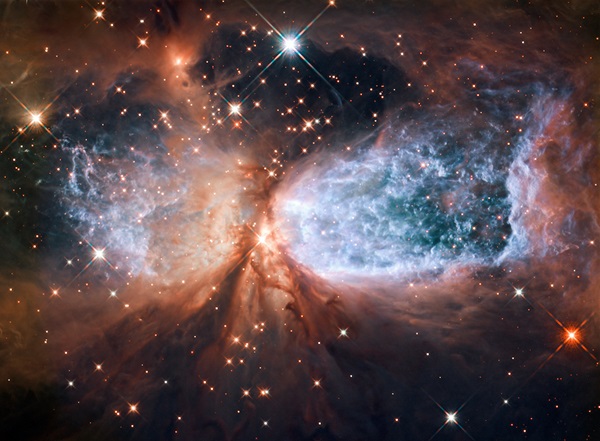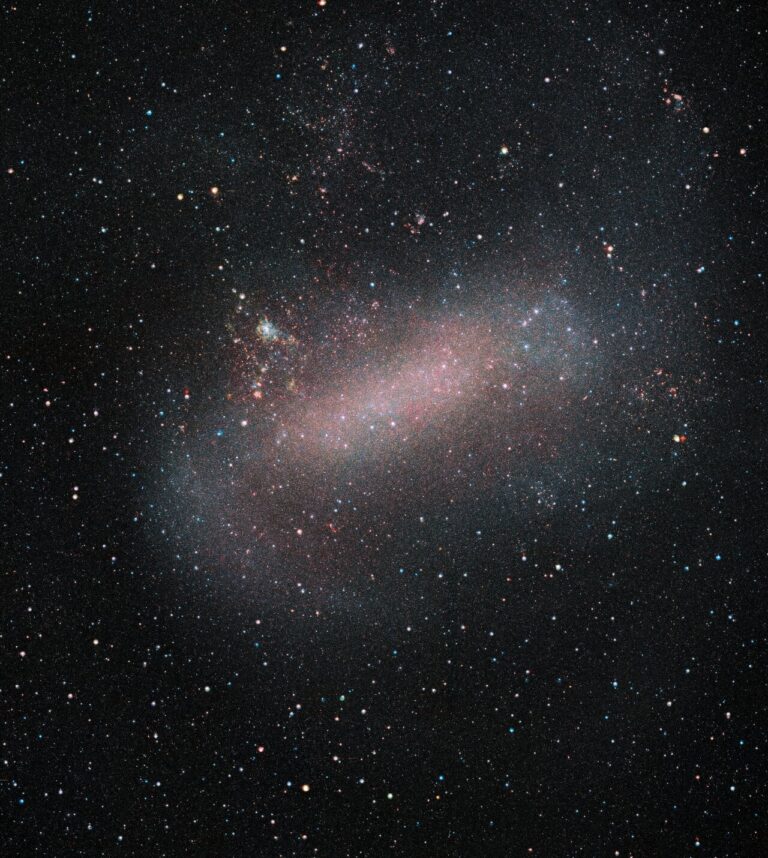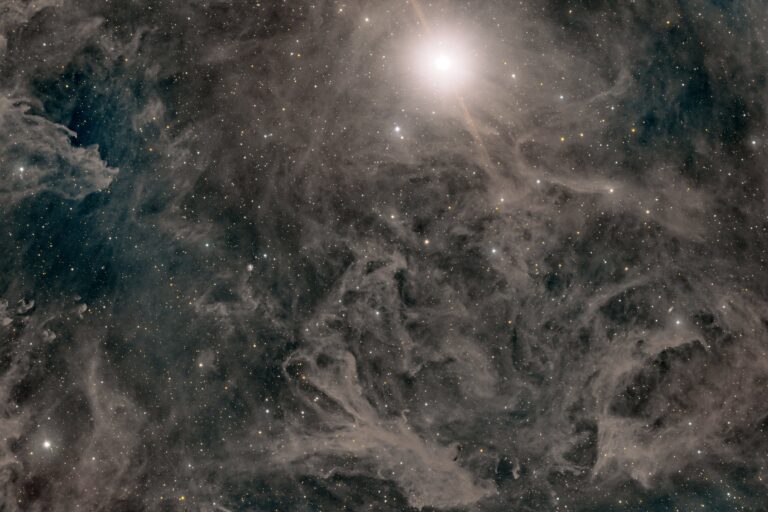Key Takeaways:
- The Milky Way galaxy forms about six to seven new stars annually.
- Most newly formed stars are smaller than our Sun.
- Star formation rates vary across galaxies.
- The Milky Way's star formation rate was higher in the past.
On average, how many stars are formed each year in the Milky Way?
There are many ways to estimate the star-formation rate of the Milky Way, ranging from counting young stars directly to measuring the brightness of gas and dust that are indirectly heated by radiation from these stars. Although each of these methods involves somewhat uncertain assumptions, encouragingly they all converge on similar values of about 1 to 2 solar masses of stars forming per year. Of course, not all of this mass goes into a single star. Most stars that form are low-mass stars with masses smaller than that of our Sun — the most common stars in our galaxy are red dwarfs. So, on average, we expect that roughly six to seven new stars form in the Milky Way every year.
While this might seem small, the star-formation rate of the Andromeda Galaxy (M31) has been estimated to be even smaller at roughly 0.4 solar mass per year (or just one to two stars on average). Looking at other spiral galaxies in the nearby universe, we see a range of star-formation rates, but it seems like the rates measured for the Milky Way and Andromeda are fairly typical overall.
What ultimately controls the star-formation rate in a galaxy is the amount of fuel available. New stars form from cold, dense molecular gas; this gas is primarily made of hydrogen but also contains some trace amounts of heavier elements and considerable amounts of dust. Over time, the supply of this cold molecular gas has been gradually depleted as stars filled the Milky Way. If we could rewind the clock to 10 billion years ago and view our galaxy in its youth, we would see it forming stars at a more vigorous pace!










